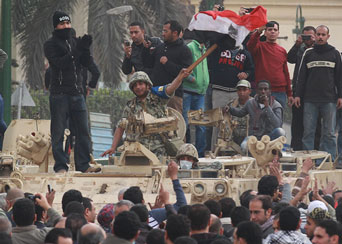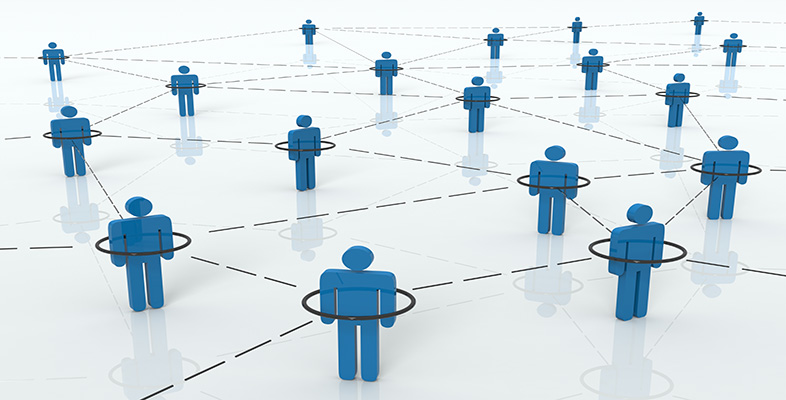New ways of participating?
So far in this course you have seen that participation might be differentiated socially, depending on people’s access to resources such as money or time.
Do you think that the further development of web-based, online forms of communication is likely to transform participation? Do these technologies enable anyone anywhere to become involved, to express an opinion and become part of wider movements to influence events?
For example, the events in Egypt in 2011, which led to the overthrow of the authoritarian President Hosni Mubarak and contributed to the Arab Spring, were widely discussed in terms of a ‘Twitter revolution’. This referred to the idea that social media had been an important medium for circulating dissenting opinions about the regime before and during the dramatic events of January 2011.

Social media can therefore combine both individual and collective dimensions of participation. Sending a ‘tweet’ might seem like an individual act but in the case of the Arab Spring of 2011, the significance of social media lay in spreading information about when and where demonstrations were going to be held. The defining image of the Arab Spring, the massed congregation of people in public squares, was a reflection of forms of communication that relied on both old-fashioned street posters and new social media to assemble people into collective, shared forms of public participation.
The same relationship between social media, individual networking and collective action was identified in much of the commentary surrounding the urban riots that swept through England in the summer of 2011. It was widely reported that those involved in the riots had been assembled through the use of social media technologies, in particular Blackberry messaging services.
In a different vein, the proliferation of mobile communications since the early 2000s has also given rise to new forms of public performance, such as the ‘flash mob’. A flash mob is a form of spectacle in which a group of like-minded people, coordinated through mobile telecommunications, gathers together in a public place. The group usually perform an act of some satirical, ironic, entertaining style, such as coordinated applause for no reason, or pillow fights.
Different activities, then, can be combined to join people together to express their voices. We can see here how new media technologies can facilitate both quite conventional forms of participation, such as street protest, and wholly new forms, such as the flash mob.
